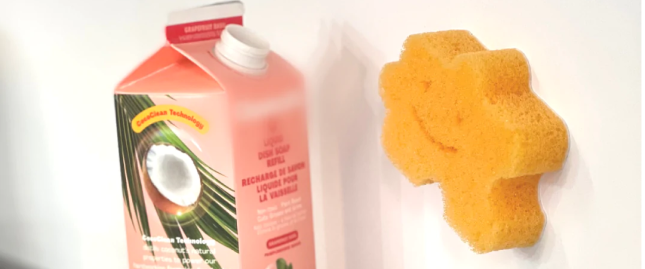Discover Jeju Island. Island of the Gods


Some of the most powerful forces in nature are volcanoes and the hot molten lava which flows from the Earth’s mantle, often hundreds of kilometers deep underground.
The Earth’s inner core is as hot as the surface of the sun at an estimated temperature of 5,500 degrees Celsius. The hot molten lava, known as magma, bursts out of the Earth’s surface from time to time. The openings where such eruptions occur are called volcanos.
As the molten lava snails around the objects in its path, the outside surface cools into a solid rock shell. The liquid lava continues to flow inside the lava tube tunnels or lava tubes can form under these newly created stone shells when the liquid lava finally flows out of the lava tube and cascades onto lower ground or into the sea.
The Hawaiian Islands are known for their volcanic origins and have many of these lava tubes. In fact, the Hawaiian volcanoes are still forming new lands in the middle of the Pacific Ocean. On the Big Island of Hawaii and on Maui there are active volcanoes, which are popular with visitors who can witness lava lakes in person.
“Very little was known about the formation of volcanic lava tubes until the Pu’u’o’o eruption of 1983 which took place at Hawaii’s Kilauea Volcano. Most of what we know about how lava tubes and caves are formed was learned from the Pu’u’o’o eruption,” said volcanologist Ahn Ung-san of the World Heritage Headquarters of Jeju Province.

Hundreds of volcanoes, over tens of thousands of years, are responsible for the formation of Korea’s largest island, Jejudo. On Jeju Island, there are over 360 volcanic cones of various shapes called Oreum.
From the air, visitors to Jeju can see Oreum all over the island, looking like little bumps on the ground. Over the past 10 years, scientists have learned more about Jeju island’s volcanic history through modern scientific dating methods, Ahn said.
For example, recent scientific dating methods revealed that Songaksan Oreum, which has double craters and is defined as a parasitic volcano, erupted some 3,600 to 4,000 years ago, depositing its volcanic ash at what is now known as the “Jeju Fossil Site of Human and Animal Footprints” along the southwestern coastal area in Seogwipo.
“Hallasan mountain crater was formed about 20,000 years ago and the most recent volcanic eruption in Jeju was around 2,000 years ago,” said Ahn.
The coolest place on Jeju island is in its volcanic lava tubes, in the Manjanggul lava tunnel where the temperature is around 12 degrees Celsius around this time of the year. Of the 8,928-kilometer length and three openings that the Manjanggul lava tunnel has, a one-kilometer stretch has been opened to the public.
The Manjanggul cave is part of a larger lava tube network originally formed from hot molten lava flowing out of the Geomun Oreum. The Jeju Volcanic Island and Lava Tubes have been designated as a UNESCO World Heritage Site.
The Geomun Oreum was recently dated as around 8,000 years old in research authored by Ahn and others using optically stimulated luminescence (OSL).
Deep, dark and twisting, these lava caves have been a source of many mysteries and legends.
Among Jeju island’s many folk tales, the story of a human sacrifice has been passed down about the Gimnyeongsagul cave which, along with Manjanggul cave, has been designated as Natural Monument No. 98.
More Korean Innovation News

The Rise of Womance: Women Spearhead Korean Entertainment

A Korean Marriage Story

Jwipo, Your New Jerky Obsession

To Binge or not to Binge?

The K-pop Comeback: Returning from Military Service

Longcations: Escaping to Vietnam

Kkondaes at Work: GenZ and Millennials Battle at the Office

The American Bansang Experience


